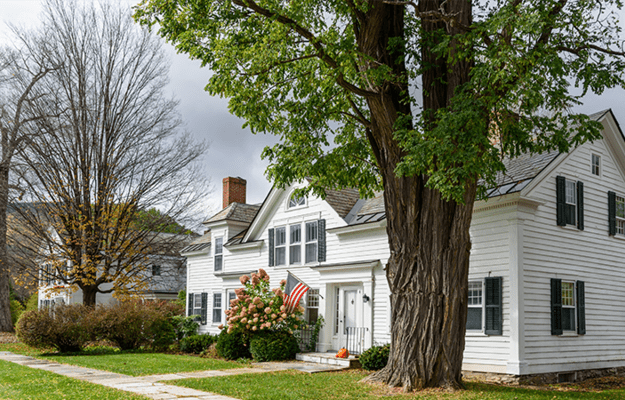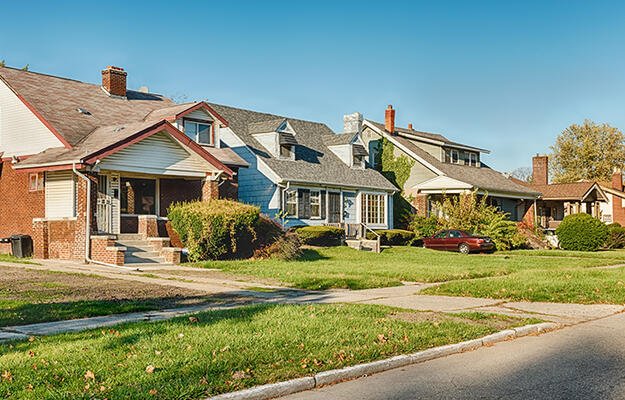
The State of Millennial Homeownership
by Jung Hyun Choi, Jun Zhu, and Laurie Goodman
Numbering just over 75 million, today’s 21- to 37-year-olds—millennials—are the largest generation in US history. They are more tech savvy, more racially and ethnically diverse, and more educated, and they marry and have children later in life than previous generations.
And though most millennials have now entered peak household formation and homebuying years, they are becoming homeowners later and at lower rates.
Our new, extensive Millennial Homeownership report finds that the homeownership rate of millennials between the ages of 25 and 34 was 37 percent in 2015, approximately 8 percentage points lower than the homeownership rate of Gen Xers and baby boomers at the same age.
If the homeownership rate for millennials had stayed the same as previous generations, there would be about 3.4 million more homeowners today.
Our report looks at demographics, lifestyle choices, and external barriers to homeownership to determine which factors have the greatest influence on millennials’ homebuying decisions. We quantify, for the first time, the influence of millennials’ lower marriage rates, greater racial diversity, increased education debt, and attitudes toward homeownership.
- Delayed marriage had the most significant impact on millennial homeownership. Being married increased the probability of owning a home 18 percentage points, after accounting for other factors, such as age, income, race and ethnicity, and education. The marriage rate among young adults dropped from 52 percent in 1990 to 39 percent in 2015. If the marriage rate in 2015 had been the same as it was in 1990, the millennial homeownership rate would be about 5 percentage points higher.
- Increased racial diversity played a significant role. Because non-Hispanic white households have higher homeownership rates than other racial groups, millennials’ increasing diversity contributed to their lower homeownership rate. Between 1990 and 2015, the share of white households dropped 16 percentage points from 76 to 60 percent. During that period, Hispanics’ share increased 9 percentage points, Asian Americans’ share increased 3 percentage points, and blacks’ share increased 2 percentage points. At the same time, the homeownership rate of almost all groups (except Hispanics) dropped, with the greatest decline observed among black and white households, dropping 6 and 5 percentage points, respectively. If the racial composition in 2015 had been the same as it was in 1990, the millennial homeownership rate would be nearly 3 percentage points higher.
- Levels of education debt are higher. Our study found that a 1 percent increase in education loan debt decreases the likelihood of owning a home by 0.15 percentage points. In other words, if a person’s household student debt increases 100 percent from $50,000 to $100,000, with all other things held the same, the likelihood of owning a home will decrease 15 percentage points.
- Many millennials choose to live in high-cost city centers. Between 2005 and 2015, many millennials moved to city centers with greater urban amenities and job opportunities—and where homes are in high demand and expensive. This shift in geographic preference is mostly observed among highly educated millennials and does not explain the significant drop in homeownership rates among less-educated millennials.
- Attitudes toward homeownership haven’t changed much. Even for married, high-income white households with children, the homeownership rate is 2 to 3 percentage points lower than it was for similar households in the previous two generations. Though this suggests an attitudinal shift about homeownership, it does not appear to be a significant impact. And if this shift is a result of millennials’ experience of the housing collapse during the Great Recession, leaving them wary of the potential risks of homeownership, their attitude toward homeownership may change as the economy continues to strengthen and home prices continue to rise.
Though there is no ideal homeownership rate, homeownership is highly beneficial for most families, offering a stable place to live, a hedge against inflation, and a way to build wealth. The average homeowner has household wealth of $231,420, compared with the average renter’s $5,200. Accordingly, two findings of our study are of great concern:
- Less-educated young adults are falling further behind in homeownership. For millennials, the gap in homeownership rates between college graduates and high school–graduates has grown significantly compared with previous generations. The difference in the homeownership rate between the two groups increased from 3 to 10 percentage points between 1990 and 2015. Though college-educated millennials contend with high student debt, it is the less-educated millennials who are falling further behind in homeownership. This may be a result of unstable incomes and rising rents, which make it harder to save for a down payment.
- Left unchecked, current trends will result in even greater wealth disparities among white, black, and Hispanic millennials. Millennials ages 18–34 in all race and ethnic groups have experienced a drop in homeownership since 2005. Further the black homeownership rate has been continuously lower than all groups and has dropped further than other groups since 2000. Our research also revealed the significant influence parental homeownership and wealth has on homeownership, an important factor that accelerates this widening gap.
Addressing these will take a concerted, long-term, multi-pronged effort that goes to the root of the economic challenges underlying homeownership gaps.
This post was originally published on Urban Wire, the blog for the Urban Institute.
Photo by Monkey Business Images/Shutterstock


